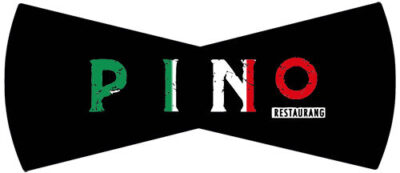Ole Kirk Christiansen, who established his workshop in Billund in Denmark in 1932, produced wooden furniture and toys. The business was not profitable and he struggled during the early 1930s. However, in 1934, he started focusing on building toys — and changed the name of his company to LEGO which is a contraction of the Danish words “leg godt” (play well).
In the 1960s, the company began to expand to other Nordic countries. The company also created smaller bricks that were ideal for small hands, and named it DUPLO after the Latin word duplex (two-fold). This enabled children of all ages to create more detailed models.
In the 1970s, Lego began to introduce new features to make their products stand out from the competitors. For instance, they added diverse faces to their minifigures. This made the minifigures appear more realistic and enabled them to show different facial expressions and emotions. The Lego Group also added wheels to its bricks, which opened up the possibility of creating vehicles as well as other machines that move.
The next major step was to introduce themed https://lego-x.com/2019/10/03/lego-and-a-leading-position-of-vdr themes – systems within systems which allowed customers to create a particular world or situation. This allowed the company to establish its brand as more recognizable and also helped them reach younger audiences. The company also increased its production by opening factories in South Korea and Malaysia.
